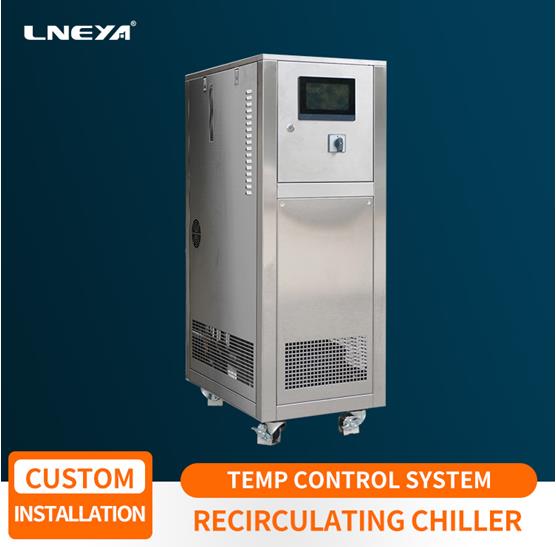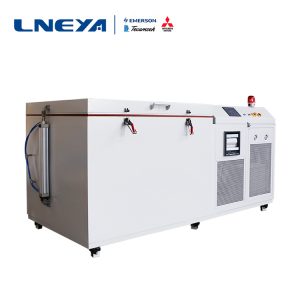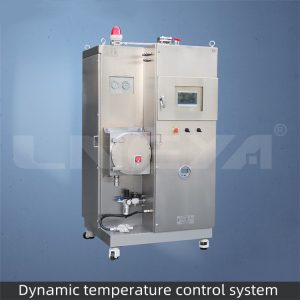What should I pay attention to when adding refrigerant to a water-cooled chiller
In our life, we believe that everyone is
very familiar with refrigeration. In the central air conditioning and
industrial production process cooling industry, small water-cooled chillers is
more common. This unit is composed of a compressor in the fuselage, a
horizontal shell and tube condenser, an evaporator, a thermal expansion valve,
and some related parts. Under the cooperation of these auxiliary parts, the
overall small water cooled chiller is compact in structure, convenient in
operation and control, and is popular among the public in the market.

For refrigeration systems that do not have
a high pressure reservoir and a low pressure vapor-liquid separator, the
control of refrigerant charge is particularly important. Because the
refrigeration system is a condenser and also acts as a high-pressure reservoir,
the refrigerant is stored in the condenser, and the condenser is cooled. The
heat dissipation area is reduced and the condensing pressure is increased,
resulting in a decrease in cooling capacity.
For the control of the refrigerant charge
of such small water-cooled chillers, the following methods are followed during
the filling process:
First, touch the temperature of the
condenser casing.
The upper outlet of the condenser outlet is
heated above the outlet, and the outlet below the outlet is cool. (There is a
description of the high temperature exhaust of the compressor in the inside.
The cooling indicates that the small water-cooled chillers is a liquid space.)
Second, look at the inspiratory pressure.
Corresponding to the temperature of the
refrigerant water in the evaporator. (That is, corresponding to the evaporation
temperature.)
Third, look at the compressor return pipe
temperature.
The high-temperature unit return pipe
should be cooled and dew, but it can be dew condensation to the compressor
return valve; the low-temperature unit return pipe should be frosted, but the
frost can be connected to the compressor return valve. If condensation or frost
builds up on the compressor casing, liquid refrigerant will enter the
crankcase, causing the compressor to run back and cause liquid
problem.
The above is a partial analysis of our
LNEYA technicians for water-cooled chillers. Regarding the specific use of our
water-cooled chillers, you can contact us sales@lneya.com for more detailed
instructions.
関連推奨品
-
液体窒素コールドボックスの停電による影響は?
923Different industries have different temperature requirements for cryogenic cryostats. Of course, there are many types of cryogenic cryostats. The refrigeration methods used in different industries are different. LNEYA uses compressor refrigeration...
詳細を見る -
Specific conditions of high and low temperature test of EV (electric vehicle) battery
1275There are mainly 2 types of vehicles:1. Battery for pure electric vehicle2. Fuel cell, dedicated to fuel cell electric vehicles Thermal test: This test is performed to characterize the reaction of cells to the high-temperature environment. a) Adju...
詳細を見る -
実験室プロセス温度制御サイクルシステム「チラー」の取扱説明書
1079実験室プロセス温度制御循環システムチラーの熱媒体は、油と水を使用します。配管内を強制的に循環させる熱媒体(熱媒体油または水)を電気加熱で加熱する。
詳細を見る -
 LNEYA工業用冷凍機 メーカー サプライヤー
LNEYA工業用冷凍機 メーカー サプライヤー













